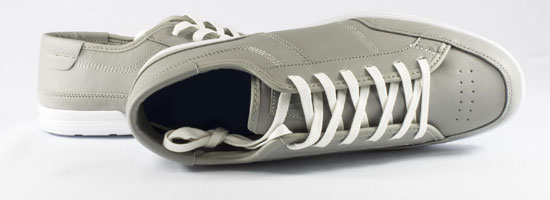If you are among the 30 million or so Americans living with diabetes, you’ve probably been told about the potential for foot-related problems associated with this disease. You may have even spent the better part of the past year struggling to find shoes that keep your feet comfortable and healthy. Fortunately, there are some footwear tips – discussed below – that could make it easier to find comfy, supportive shoes likely to reduce your risk of diabetic foot problems.
Opt for a Breathable Toe Box
The toe box is the part of a shoe that covers your toes and the padded part of the sole between the arch and toe (“ball”) below the metatarsal bones. Ideally, you want to choose shoes that have a toe box with breathable materials to reduce issues with sweat, moisture, and infections. Also, avoid toe boxes that have scratchy or stiff seams since this could also be a source of toe irritation.
Look for a Supportive Tongue
A shoe tongue that’s too narrow or not supportive enough could slip or move and allow shoelaces to dig into the top part of your foot. If you already have existing foot circulation issues because of diabetes, this added pressure could make your discomfort worse. Also, the opening where you place your feet (“tongue”) should be padded and low enough so it doesn’t create friction against your ankles.
Go with Shoes That Have a Removable Sock Liner
With most off-the-shelf shoes, the sock liner where your foot slides into is typically made of a single layer of foam. However, a thin layer can place too much pressure on feet affected by diabetes and increase the risk of developing foot ulcers. The solution is to look for shoes with removal sock liners. This way you can replace them with customized liners that offers more cushioning with multiple layers of foam.
Consider Rocker-Bottom Shoes
A rocker-bottom or rocker-sole shoe is one with a rounded heel and a thicker sole. This is a particularly helpful design if diabetes is already limiting mobility in your foot and ankle joints. The rocker design also reduces pressure along the bottoms of feet and eases stress across feet.
Choosing the right footwear is definitely something good you can do for your feet if you have diabetes. It’s equally important to do self inspections of your feet and check with your doctor or a podiatrist if you notice any unusual sores or cuts that aren’t healing well. The more proactive you are with diabetes management, the more likely it is you’ll be able to continue to enjoy many of your favorite activities.
